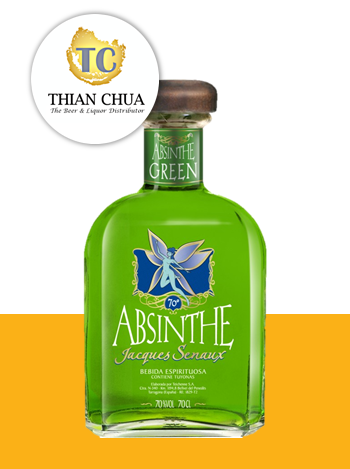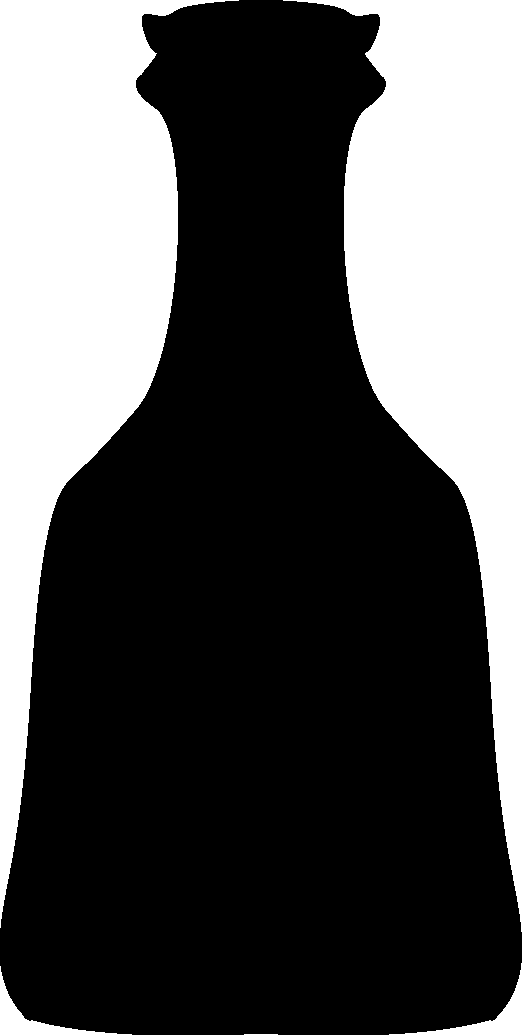
To the original bohemians of 1890s Paris, the Fairy was a welcomed symbol of transformation. To the ignorant drunk, absinthe will forever remain but potent alcohol, perhaps with a bit of thujone "high" thrown in. The symbol of transformationīut Green Fairy isn't just another name for absinthe: she is a metaphorical concept of artistic enlightenment and exploration, of poetic inspiration, of a freer state of mind, of new ideas, of a changing social order. But no other nickname stuck as well as the original, and many drinkers of absinthe refer to the green liquor simply as La Fee - the Fairy.

Mind you, absinthe earned other nicknames, too: poets and artists were inspired by the "Green Muse" Aleister Crowley, the British occultist, worshipped the "Green Goddess". The nickname stuck, and over a century later, "absinthe" and "Green Fairy" continue to be used interchangeably by devotees of the potent green alcohol. The Green Fairy is the English translation of La Fee Verte, the affectionate French nickname given to the celebrated absinthe drink in the nineteenth century. "They enjoyed the culture of it.Inspired by Green Fairy: The Story of Green Absinthe Goddess Green Fairy: The symbol of liberté "Artists enjoyed it because it brought people together," explains MacDonald. People gathered in cafes, visiting and unwinding over glasses of absinthe.Īnd MacDonald explains that despite absinthe's reputation as an artist's beverage, it was the common person's beverage first. Instead of happy hour, the time between 5-7 every evening was known as "the green hour" in France. Museum President Liz Williams says that only the upper classes could afford a bottle of absinthe on their own - but that didn't make absinthe any less of the people's drink. The French brought their love of absinthe with them to New Orleans, which explains why the city's Southern Food and Beverage Museum has a large exhibit devoted to the drink. Like most of us, these wealthy absinthe drinkers weren't immune to trends: MacDonald says that in the 1880s, spoons made out of a new material called aluminum were actually more costly than those made from pure silver.
#Absynth green full
While cafes might carry slotted spoons with a simple design, some wealthy families would order a full set of specially engraved spoons from the silversmith.


Lots of people were drinking absinthe in the latter half of the 19th century, but the way they drank it - and the utensils they used - quickly became a marker of social class. So the French created special spoons that could cradle the sugar while allowing the sweetened water to drip down into the glass.

Why create a special spoon for this purpose? Forks could also work, but in the 1800s, sugar didn't come in cubes but in lumpy rocks, which would have been difficult to balance on tines. Water is dripped over the sugar, so that it dissolves slowly into the refreshment below. The absinthe is sweetened with a cube of sugar, placed on a slotted spoon balanced on top of the glass. So the drink becomes cloudy, and the effect sticks around a surprisingly long time.Ĭold water, it seems, was considered essential to palatability: In Five O'Clock Absinthe, the late-19th century poet Raoul Ponchon wrote that, if you have warm absinthe, boire du pissat d'âne ou du bouillon pointu - which translates, more or less, to "you might as well drink donkey's urine or 'enema broth' " instead. Le louche is also an example of a scientifically interesting phenomenon known as the " ouzo effect." Basically, when the water hits the absinthe, it releases the essential oils from the alcohol into the water, creating a spontaneous emulsion. Drip fountains were an economical way to cool down water before adding it to absinthe, while also prolonging the spectacle of le louche.Ĭourtesy of Southern Food and Beverage Museum This drip fountain, on display at the Southern Food and Beverage Museum, is a replica of the one found at the Old Absinthe House in New Orleans.


 0 kommentar(er)
0 kommentar(er)
